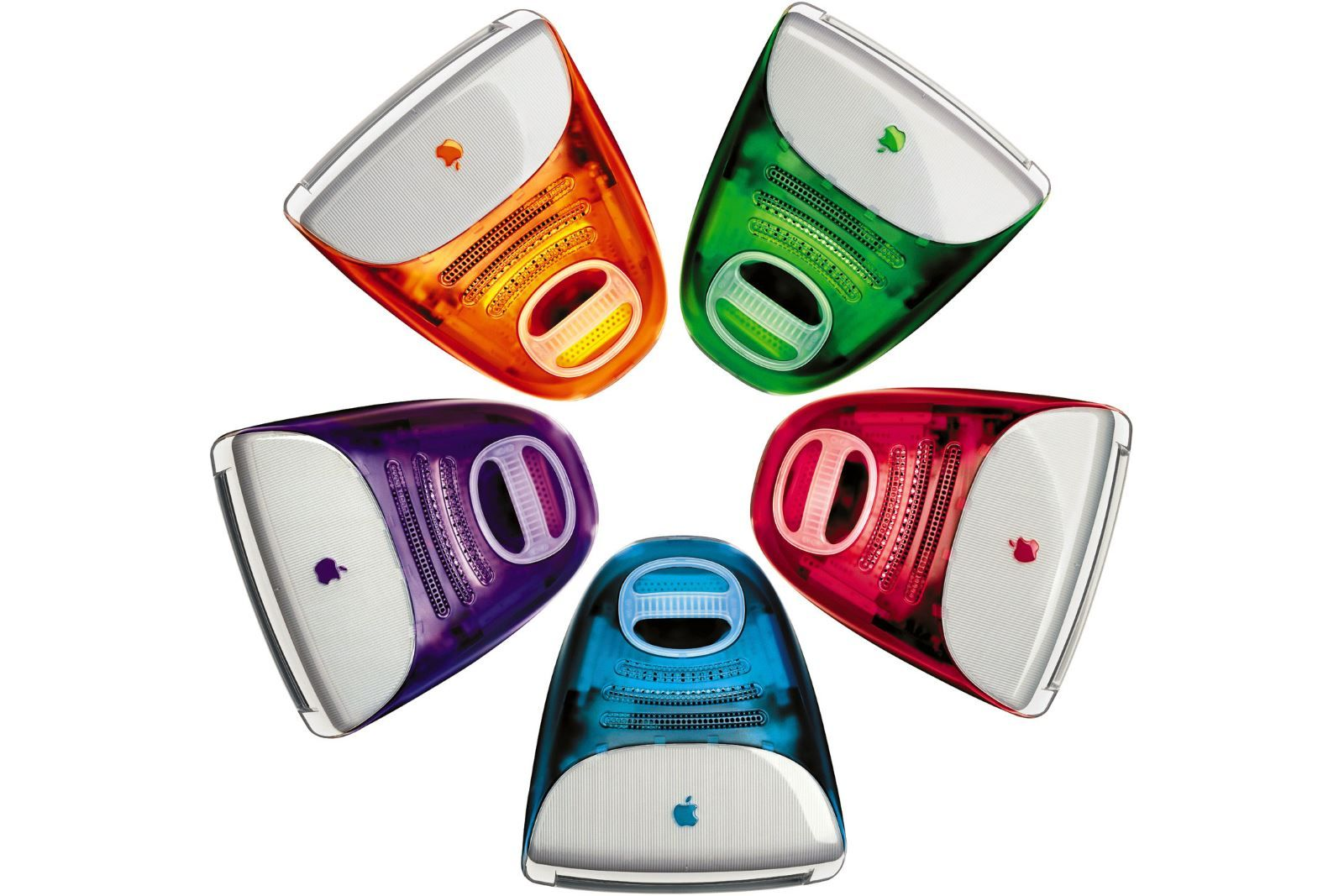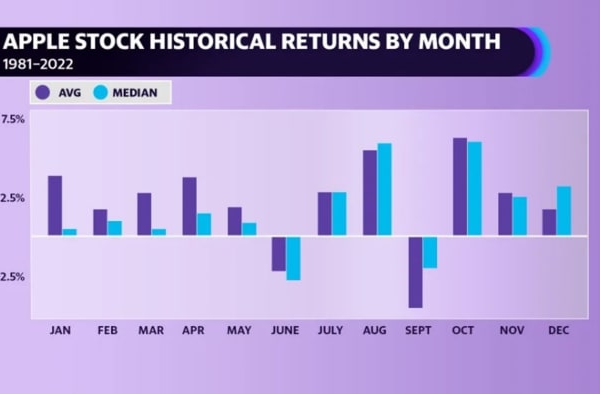
The iMac G3, unveiled by Apple CEO Steve Jobs on May 6, 1998, marked a revolutionary moment in computer design and consumer technology. With its bold and colorful aesthetics, this original iMac was a clear departure from the dull gray and beige boxes that dominated the industry at the time. As part of Apple iMac history, the iMac G3 was not just about looks; it was a signal that the brand was regaining its innovative spirit. The combination of eye-catching design and practical functionality made the iMac G3 specs appealing to a wide range of users, transforming it into a cultural icon. Through its vibrant modeling and accessibility, this computer redefined what personal computing could be, making it the first of many colorful computers that would capture the imagination of people everywhere.
The vibrant iMac G3, sometimes referred to as the Bondi Blue computer, ushered in a new era of personal computing with its playful design and user-friendly features. As the original iMac took the spotlight, it highlighted Apple’s commitment to innovation and aesthetics in a market otherwise filled with monotonous designs. Pioneered by Steve Jobs’ vision, the iMac G3 quickly became a symbol of artistic brilliance in technology, showcasing specs that appealed to both casual users and tech enthusiasts alike. This all-in-one computer not only challenged the norms but also set the stage for a new generation of colorful devices in the tech world. The iMac G3 stands as a testament to the idea that computers can be both functional and beautiful, sparking further evolution in Apple’s product line.
The Revolutionary Design of the iMac G3
When Apple introduced the iMac G3 in 1998, it marked a pivotal moment in the landscape of personal computing. The design, characterized by its colorful and translucent shell, diverged drastically from the dull, beige boxes of competitors. Steve Jobs famously noted that the original iMac looked like it came “from another planet,” highlighting its uniqueness and appeal. This bold design approach can be attributed to Jony Ive, who at the time was a young designer at Apple. His vision was not just to create a functional computer but a gorgeously designed piece of technology that captured the imagination of consumers.
The iMac G3 was a breath of fresh air in a market saturated with mundane designs. It featured vibrant colors like Bondi Blue, which not only set it apart but also made it a statement piece in any setting. Users began to see computers as more than just tools; the iMac G3 transformed them into a part of home decor. The blend of aesthetics with functionality allowed Apple to reinvigorate its brand identity and attract a new generation of buyers who valued design as much as performance.
iMac G3 Specs That Changed the Game
Equipped with a 233 MHz PowerPC G3 processor and 32MB of RAM, the iMac G3 was considered powerful for its time. These specs, combined with a 4GB hard drive and optional ATI Rage IIc or Rage Pro graphics, allowed the iMac to effectively compete with other PCs in the market despite its higher price point. The removal of the floppy disk drive was a daring move that not only indicated forward-thinking but also aligned with Apple’s vision of a future that favored internet connectivity over outdated technology.
In addition to its solid specs, the built-in modem made accessing the internet straightforward, aligning perfectly with Jobs’ ambition to create a computer that was easy for everyone to use. This emphasis on user experience helped the iMac G3 gain traction quickly, contributing to its high pre-order numbers and ultimately leading to a robust resurgence of Apple’s market presence. For many, this was the first computer that provided a user-friendly interface blended with powerful technology, setting a standard that would influence future designs.
The Impact of the Original iMac on Apple’s History
The launch of the original iMac G3 not only revitalized Apple but also reshaped perceptions of personal computing forever. A formidable blend of style and function, the iMac G3 marked the beginning of a new era where aesthetics were prioritized alongside performance. This not only appealed to established Apple enthusiasts but also drew in a younger audience who valued design. This success led to a series of innovative products, including the iBook and later models of the iMac, establishing a legacy of computing that emphasized creativity and individuality.
Furthermore, the iMac G3’s colorful design broke the mold of how computers were perceived, making them less intimidating to the average consumer. Jobs’ vision of a user-friendly, visually appealing computer opened the floodgates for the modern Apple aesthetic that continues to define its branding today. This shift towards combining technology with artistic principles can be traced back to the original iMac’s bold debut, which solidified Apple’s position not just as a tech company, but as a cultural icon.
The iMac G3: A Statement Computer for Everyone
The iMac G3 was not merely a product; it was a statement about technology being accessible and appealing to everyone. Designed to be user-friendly, it represented a departure from the complex machines that often intimidated novice computer users. The vibrant, cheerful colors invited curiosity and encouraged interaction. This approach was in stark contrast to the industry standard of the time, which favored uniformity and conservatism in technology design.
Moreover, the iMac G3’s launch created an eagerness in customers, reflecting a shift in consumer behavior as people flocked to purchase what they perceived as a trendy yet functional piece of technology. By making the computer a part of everyday life through colorful designs and user-centric functionality, Apple set itself apart as a leader in innovation. This ethos would serve as a cornerstone for Apple’s future endeavors, inspiring everything from the iPod to the Apple Watch.
The Lasting Legacy of the iMac G3
The legacy of the iMac G3 extends beyond its immediate commercial success; it reshaped the trajectory of Apple as a brand. By showing that a computer could be both functional and visually stunning, the iMac set the stage for future Apple creations that would continue to blend technology with lifestyle. The introduction of variants whose designs echoed the original iMac further solidified the concept that personal computing could be a form of self-expression.
As we look back at the iMac G3, it becomes evident that its influence persists in the design philosophy of Apple today. The bold moves that Apple made with the iMac G3—such as eliminating the floppy drive and introducing a colorful, all-in-one format—continue to echo in modern Apple products. The iMac G3 not only saved Apple from its downturn but redefined how computers fit into our lives, making it a true icon of technological advancement.
The Connection Between iMac G3 and Modern Apple Products
Reflecting on the journey from the iMac G3 to today’s Apple offerings, it’s clear how the initial vision set forth by Steve Jobs still plays an influential role in current designs. Each iteration of the iMac has evolved, but the underlying philosophy of marrying beauty with performance has remained steadfast. The recent introduction of M1 iMacs—with their vibrant colors—pays homage to the iconic Bondi Blue, showcasing how Apple continues to draw inspiration from its rich history.
Furthermore, this legacy reinforces the notion that Apple products are not just about functionality, but also a lifestyle choice for many users. The introduction of multiple color options in the M1 iMac harkens back to the rainbow of choices offered by the iMac G3, emphasizing Apple’s return to its roots in creating accessible, beautiful technology that fits seamlessly into everyday life. This commitment to aesthetics, coupled with cutting-edge performance, ensures that Apple maintains its position as a leader in the tech space.
Customer Reactions to the iMac G3
The iMac G3 received varied reactions from the public upon its release, with many users embracing its unique design while others were more skeptical. Some critics dubbed the computer ‘toylike’ due to its rounded shape and colorful exterior, particularly criticizing the infamous ‘hockey puck’ mouse. However, as time progressed, the charm and novelty of the iMac’s design won over many detractors, with users appreciating the refreshing departure from traditional computing aesthetics.
Moreover, the initially mixed reviews of the iMac G3 evolved into widespread acclaim as consumers began to experience its functionality and ease of use. The computer quickly became a cultural icon, changing how ordinary consumers viewed technology. This led to a flourishing community of iMac G3 fans who reveled in not just the performance of their machines but also the joy they brought into their lives. As such, the iMac paved the way for a deeper emotional connection between technology and users.
The iMac G3 and Its Cultural Significance
The iMac G3 not only transformed Apple as a company; it also left a significant mark on popular culture. The striking color palette and form factor made the iMac G3 a trendsetting device that appeared in homes, offices, and even television shows, symbolizing the growing influence of technology in daily life. Its design challenged conventional norms within the tech industry and helped spur discussions around the intersection of art and technology.
Over the years, the iMac G3 cultivated a sense of nostalgia, serving as a reminder of a time when technology began to integrate seamlessly into our lives, not just as tools but as pieces of culture. Today, its significance can be seen in the way contemporary devices prioritize both aesthetics and functionality, and in how companies strive to create not just products but experiences that resonate with users on a personal level.
Celebrating the iMac G3: A Community of Enthusiasts
Since its debut, the iMac G3 has fostered a vibrant community of enthusiasts who celebrate its unique design and historical significance. Many have gathered online to discuss, refurbish, and share their experiences with these colorful computers, showcasing a shared passion that transcends generations. This community reflects not just a fondness for vintage technology, but also a commitment to preserving a crucial chapter in computing history.
Social media platforms and forums are filled with stories of first encounters with the iMac G3, demonstrating how it impacted lives and careers. Many users fondly recall their experiences with the original iMac, citing it as their first introduction to personal computing or to the Apple brand. The movement to keep the legacy of the iMac G3 alive through restoration projects, user meetups, and discussions proves its enduring appeal and significance within both technological and cultural contexts.
Frequently Asked Questions
What are the key iMac G3 specs that made it popular in the late 1990s?
The iMac G3 featured a 233 MHz PowerPC 750 (G3) processor, 32MB of RAM, and a 4GB EIDE hard drive. It also offered either ATI Rage IIc graphics with 2MB VRAM or ATI Rage Pro Turbo graphics with 6MB VRAM, making it a standout choice for users at the time.
What innovative features did the original iMac introduce?
The original iMac, also known as the iMac G3, introduced several innovative features including a built-in telephone modem, a colorful translucent casing, and the absence of a floppy disk drive, which was quite revolutionary for its time.
How did Steve Jobs influence the design of the iMac G3?
Steve Jobs was pivotal in the design of the iMac G3, emphasizing its need to stand out with a colorful and unique design. This vision, combined with Jony Ive’s artistry, resulted in a computer that was both visually striking and user-friendly, marking a departure from the traditional gray and beige boxes of other computers.
What impact did the iMac G3 have on Apple’s brand?
The iMac G3 marked a turning point for Apple, revitalizing its brand with a fresh and accessible image. Its successful launch, with over 150,000 pre-orders, helped elevate Apple’s stock and set the stage for future innovations.
What colors were available for the iMac G3 and how did they contribute to its appeal?
The iMac G3 was known for its vibrant colors, initially available in Bondi Blue, and later offered in several eye-catching variations like Flower Power and Blue Dalmatian. These colorful designs allowed users to express their individuality and made the iMac G3 a cultural icon.
Why was the absence of a floppy disk drive in the iMac G3 significant?
The omission of a floppy disk drive in the iMac G3 was significant because it represented Apple’s forward-thinking approach, encouraging users to adopt newer technologies like CD-ROMs and the internet. This move was controversial at the time but ultimately became a wise decision as technology evolved.
How did the iMac G3 set the stage for future Apple products?
The iMac G3’s innovative design and user experience paved the way for future Apple products, including the iBook and later models of the iMac. Its emphasis on color and design foreshadowed Apple’s later ventures into sleek and stylish product aesthetics.
What was the original purpose behind creating the iMac G3?
The original purpose behind the iMac G3 was to create an affordable and accessible computer that simplified internet access for users. However, it evolved into a stylish statement piece that represented a significant design shift for Apple.
How did Jony Ive contribute to the design of the iMac G3?
Jony Ive, who was a key designer at Apple, significantly influenced the iMac G3’s unique aesthetics. His collaboration with Steve Jobs resulted in a groundbreaking design that prioritized user experience and visual appeal, making the iMac G3 memorable.
What were some criticisms regarding the iMac G3, particularly its mouse design?
Some users criticized the iMac G3 for its ‘hockey puck’ mouse design, finding it difficult to use. Despite its aesthetic appeal, this mouse did not resonate well with many users, highlighting the diverse opinions on the iMac’s overall design.
| Key Point | Details |
|---|---|
| Launch Date | May 6, 1998 – Unveiling of the original iMac by Steve Jobs. |
| Design Inspiration | The iMac G3 was designed by Jony Ive, emphasizing a colorful, translucent aesthetic that stood apart from conventional gray or beige computers. |
| Market Position | The iMac G3 was marketed as an accessible computer but transformed into a statement piece, aimed at broadening Apple’s appeal. |
| Specifications | 233 MHz PowerPC 750 processor, 32MB RAM, 4GB hard drive, and graphics options including ATI Rage IIc or Rage Pro Turbo. |
| Sales Performance | By August 1998, the iMac G3 saw 150,000 preorders, raising Apple’s stock price significantly. |
| Legacy | The colorful design influenced future Apple products like the iBook and even the later M1 iMacs, which returned to bright colors. |
Summary
The iMac G3 was a groundbreaking computer that significantly changed Apple’s trajectory in the late 1990s. Launched on May 6, 1998, this colorful and distinct machine became a symbol of innovation, steering the company’s brand into a new era of design and accessibility. Under the visionary leadership of Steve Jobs and the creative expertise of Jony Ive, the iMac G3 not only marked a departure from the mundane beige boxes of its time but also initiated a surge in Apple’s popularity and stock prices. It laid the groundwork for a legacy of bold design choices that resonate in Apple’s products to this day.
You may also like

iOS App Store Success: A Milestone in Digital Distribution


First Email from Space: The Macintosh Portable’s Legacy
Archives
Calendar
| M | T | W | T | F | S | S |
|---|---|---|---|---|---|---|
| 1 | 2 | |||||
| 3 | 4 | 5 | 6 | 7 | 8 | 9 |
| 10 | 11 | 12 | 13 | 14 | 15 | 16 |
| 17 | 18 | 19 | 20 | 21 | 22 | 23 |
| 24 | 25 | 26 | 27 | 28 | 29 | 30 |